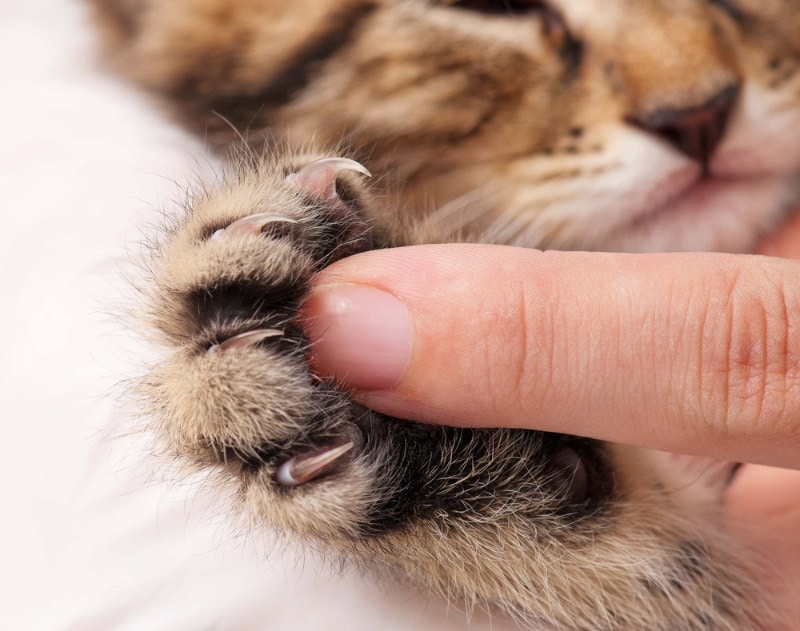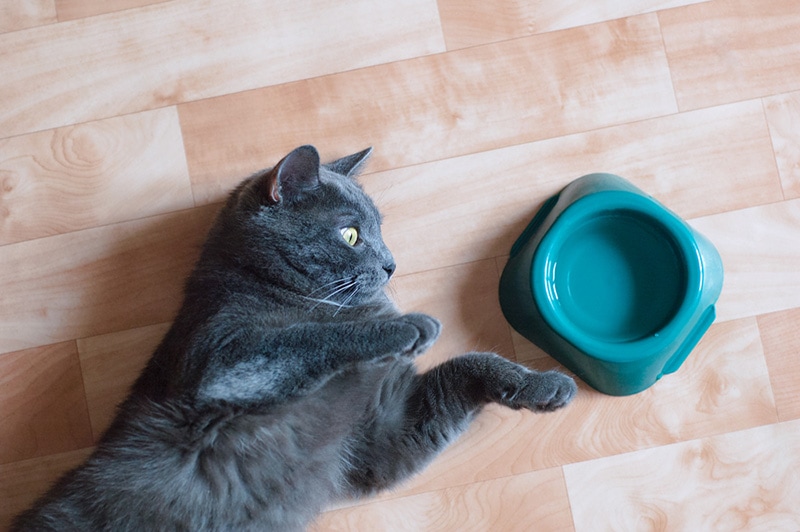Cat Bite Infections: 13 Critical Vet-Approved Signs to Watch For
Updated on
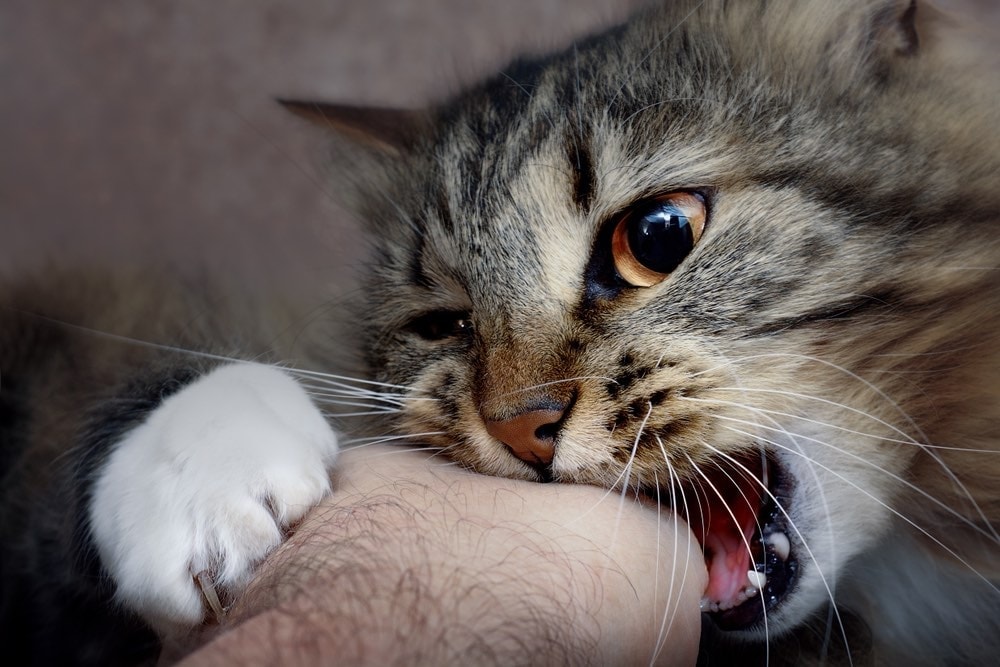
Animal bites tend to get infected more often than other bites. They’re often deep wounds, and animals don’t have the cleanest mouths. Cats are no different, which is why it’s vital to keep an eye on any cat bites for infection.
There are many signs of infection and not all of them will appear on every wound. Having just one of these critical signs warrants careful treatment, though. The faster an infection is treated, the better.
The 13 Signs of a Cat Bite Infection
1. Redness or Discoloration
The skin around the bite should stay a normal color. It isn’t necessarily odd for a bite to be irritated. However, there shouldn’t be any redness or discoloration spreading away from the bite.
Redness is a sure sign of inflammation or infection, so you should be extremely cautious not to ignore it.
2. Swelling
Many infections cause swelling. Some swelling directly around the wound is normal. However, the swelling shouldn’t be severe and should clear up shortly after the wound occurs.
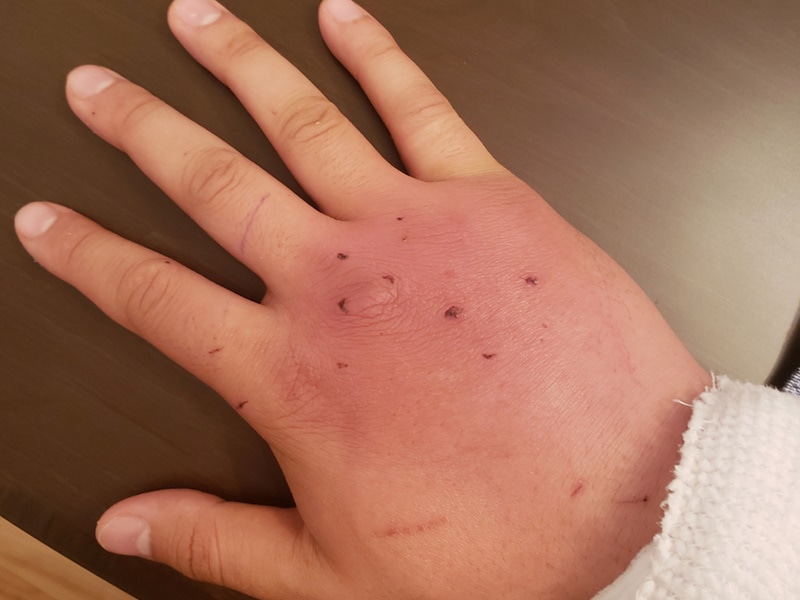
3. Warmth
The infection area will get warm to the touch in most cases. If the area feels hot, there is a good chance the wound is infected.
However, this symptom can vary a bit. Not all infected wounds get warm to the touch. Don’t assume a wound isn’t infected because it isn’t warm to the touch.
4. Blister
If a blister forms over the bite wound, it may be due to an infection. Blisters are a rarer symptom, but they occur often enough to mention them.
Don’t pick at or pop these blisters if they occur. A blister is the body’s way of controlling the infection. Popping it can spread the infection and undercut the body’s natural defenses.
5. Pus or Fluid
Wounds will naturally weep a small amount while healing. However, excessive fluids or pus is abnormal and may be a sign of an infection. Pus or an unusually colored liquid may indicate a serious infection.
Pus is another way for the body to control infection. It isn’t the actual infection itself. Therefore, removing the pus will only irritate the wound and can make the infection worse.
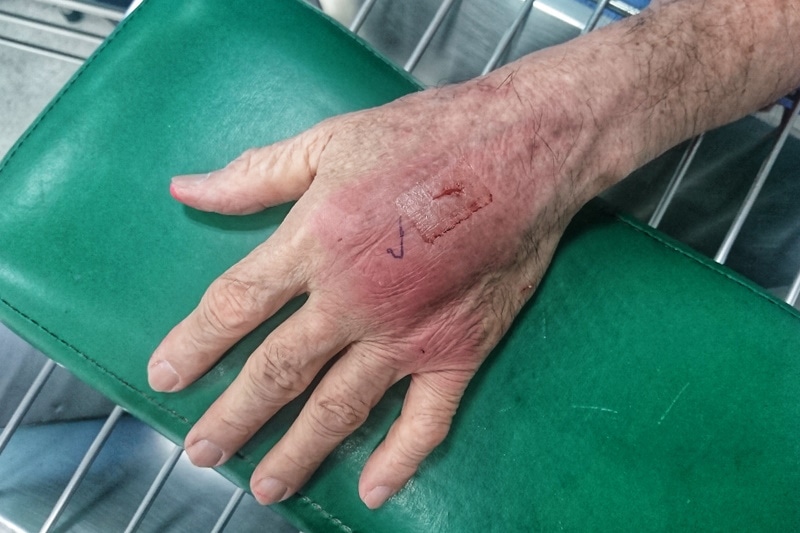
6. Loss of Feeling
If there is a loss of ability to feel the area around the wound, it’s likely due to swelling or another underlying problem. While the wound may throb after it first occurs, it should never lose all feeling.
7. Red Streaks
After the infection progresses, the red area around the infection may turn into red streaks. These often indicate a more serious infection and should be treated right away. Otherwise, the infection may spread to other parts of the body.
Sometimes, the streaks can appear in different colors, too. Therefore, any appearance of streaks can indicate an infection.
8. Swollen Lymph Nodes
Often, lymph nodes swell in response to an infection. If your lymph nodes start swelling, it may be a sign that your body is combating a serious infection.
If this swelling occurs, the infection is likely trying to spread to other parts of the body. See a doctor right away to prevent sepsis and other serious complications.
9. Fever or Chills
A fever is one way the body tries to fight infection. If you notice a fever without any other obvious symptoms, it could be a sign of infection. Of course, fevers can also occur because of various infections.
Chills can also occur, as they often accompany an infection.
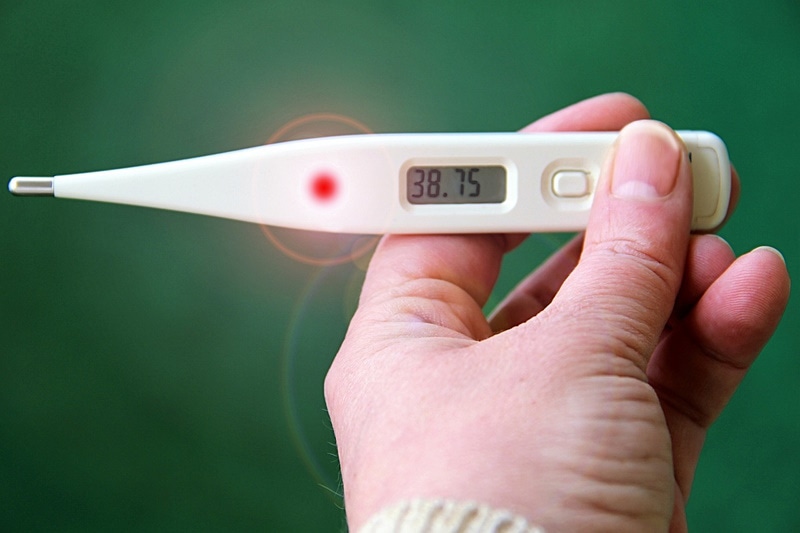
10. Night Sweats
Night sweats often occur with a fever. Therefore, they can also accompany an infection. However, they often aren’t the only symptom.
A range of other problems can also cause night sweats. Therefore, don’t assume your wound is infected if this is your only symptom.
11. Fatigue
Fatigue is common when the body is fighting an infection. Fatigue often occurs with other symptoms, like redness and fever. Sadly, there often isn’t much you can do for the fatigue beyond curing the infection.
12. Muscle Weakness
Serious infections can cause muscle weakness around the site of the wound. This symptom is caused by the infection itself and the immune response. Severe swelling can inhibit the muscle from performing properly. Other symptoms, like fatigue, can also make the problem worse.
Often, this symptom is a sign that the infection is quite bad.
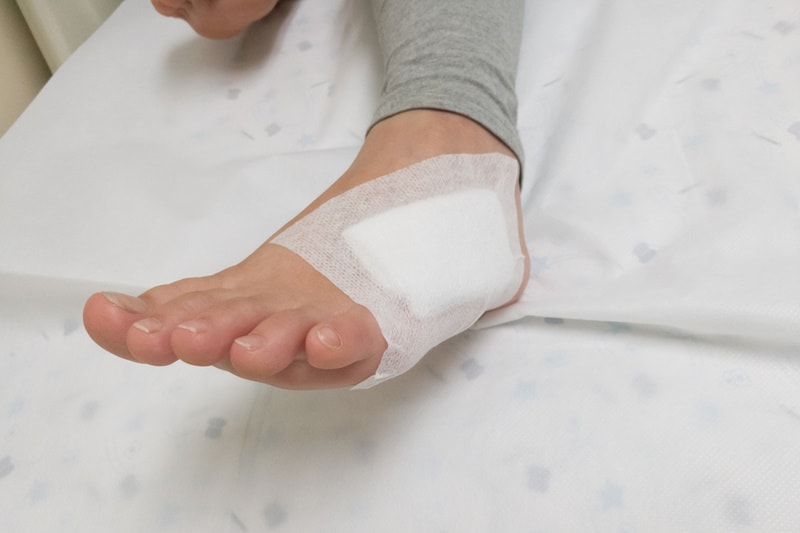
13. Inability to Use Limbs
In very severe cases, you may lose your ability to use the limb the wound is in. Often, this is one of the most serious symptoms and occurs after many other signs have popped up. If you still haven’t seen a doctor at this point, you absolutely should.
This is no longer a minor infection.
Conclusion
Animal bites tend to become infected much easier than others. They can push bacteria far into the wound and often take a while to heal. Therefore, it isn’t odd for infection to occur.
Luckily, most infections can be treated pretty easily, however, antibiotics are often needed. The sooner the infection is treated, the easier it is to heal.
Featured Image Credit: Nau Nau, Shutterstock



